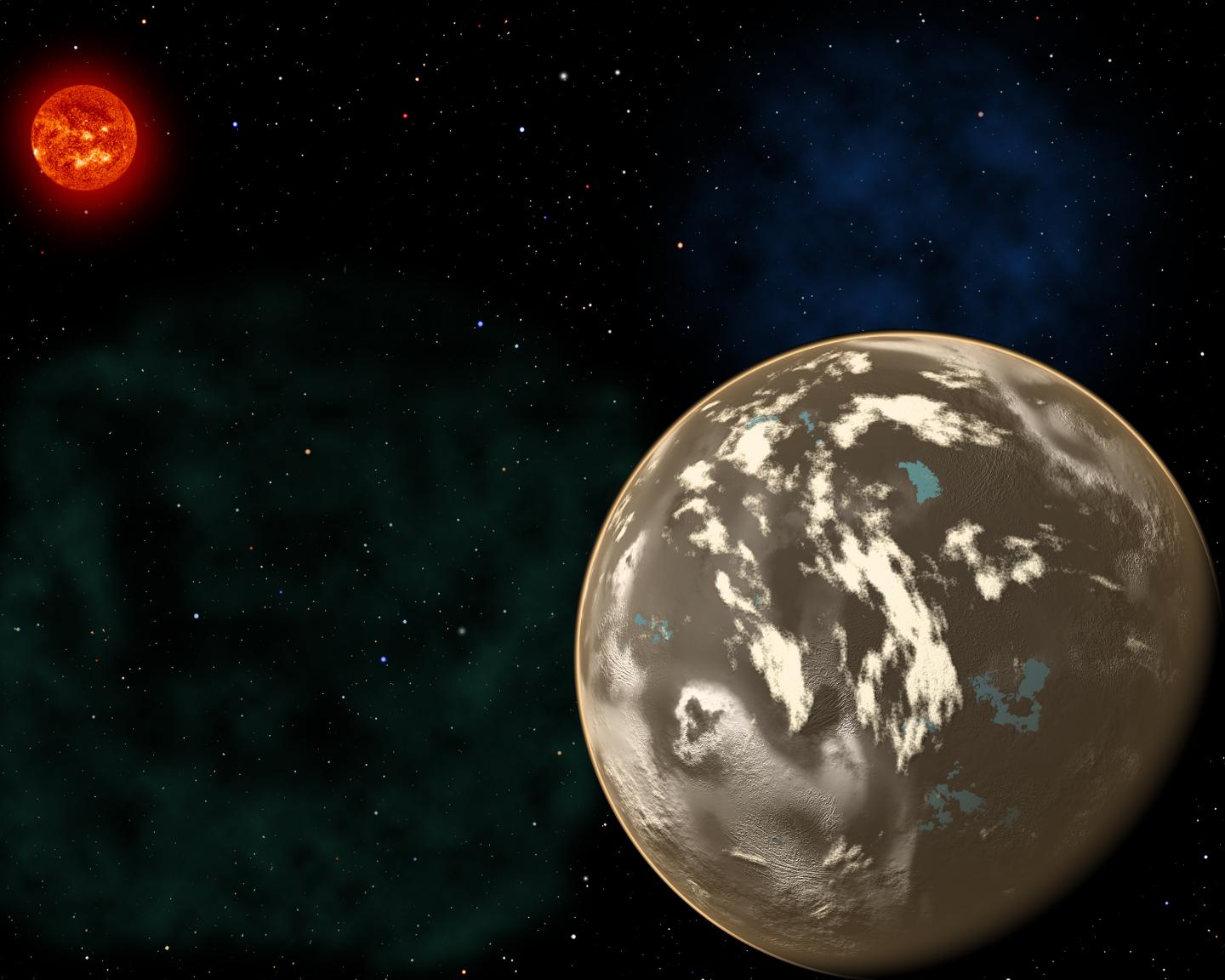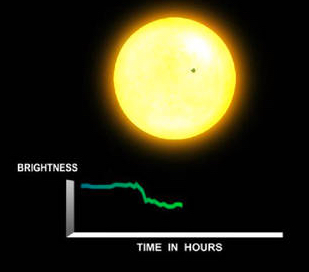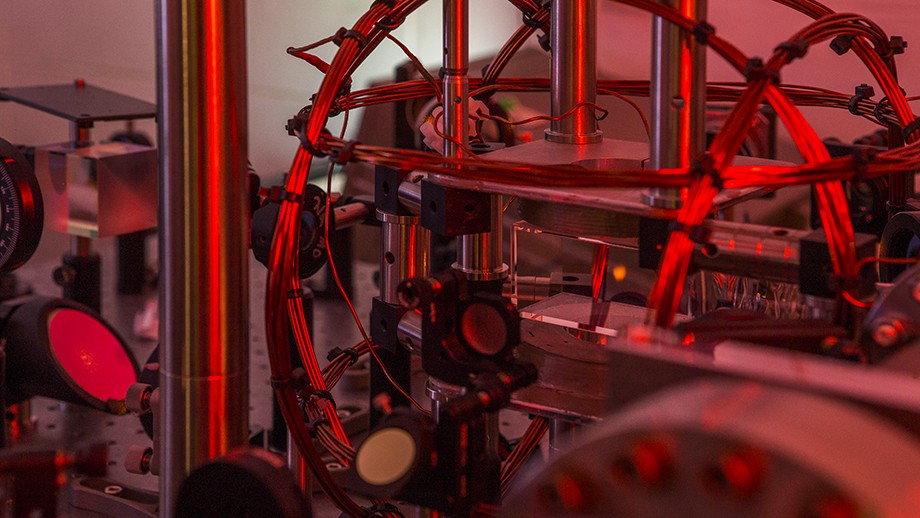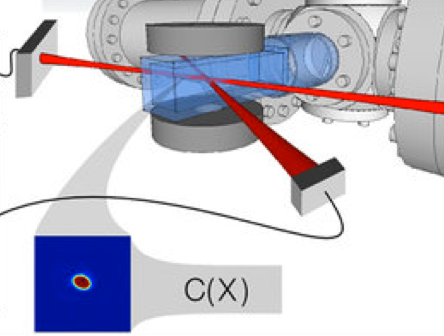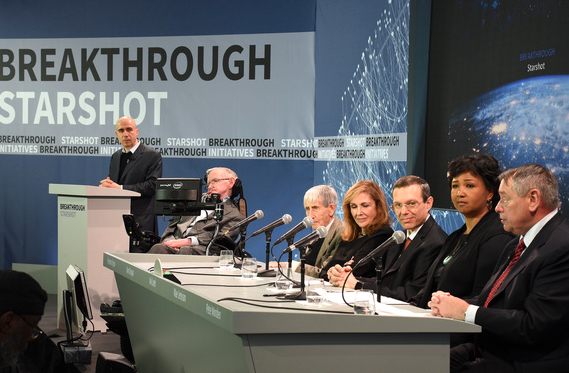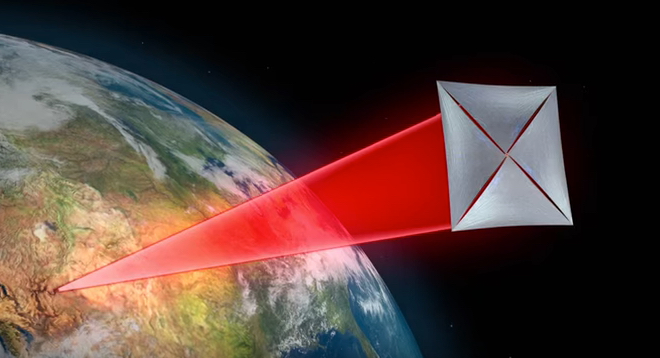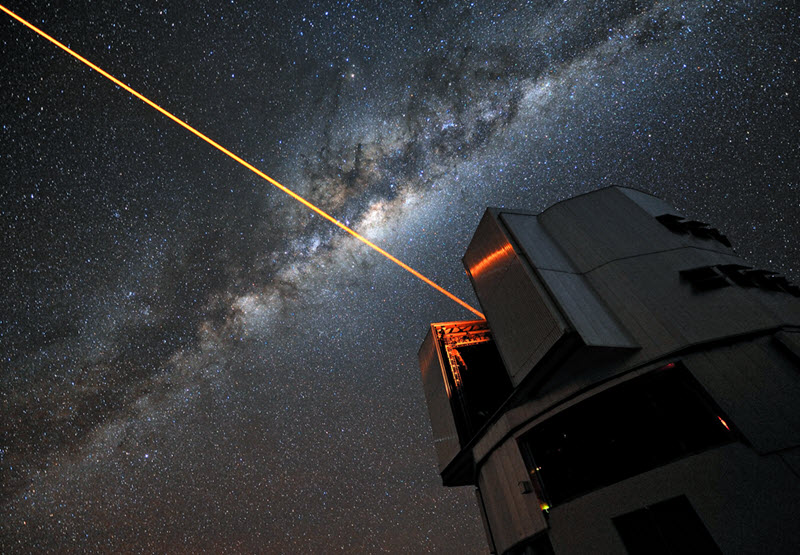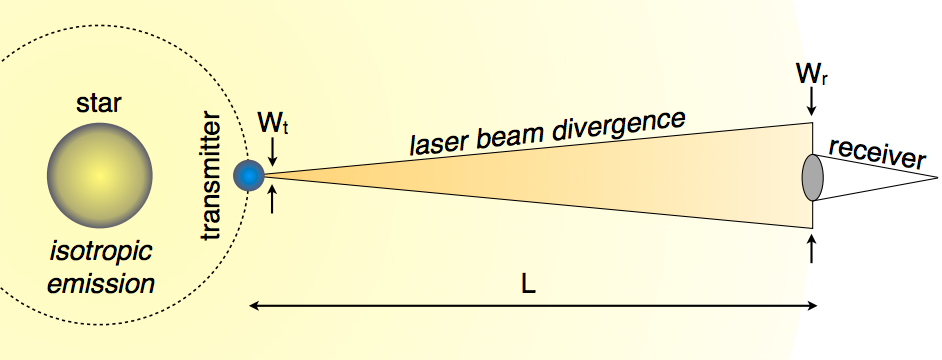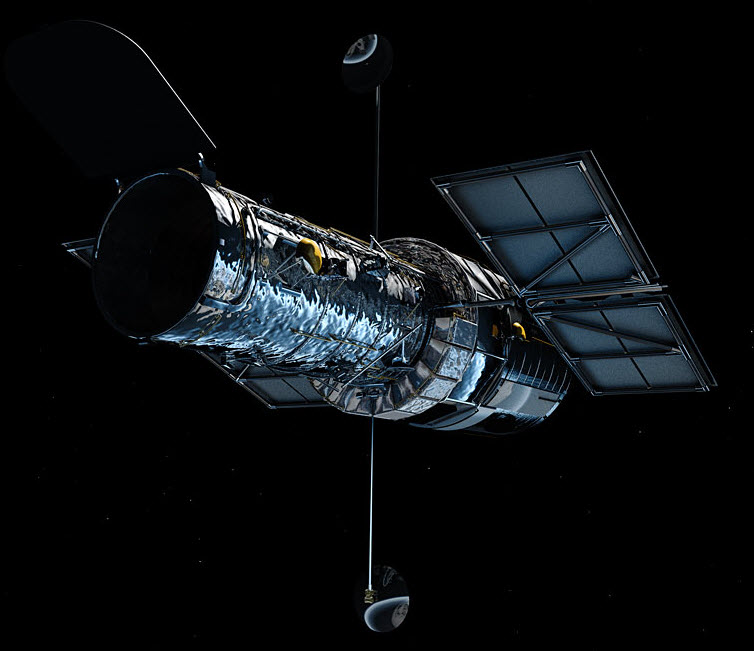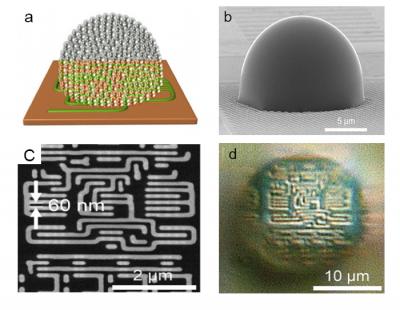
(a) Conceptual drawing of nanoparticle-based metamaterial solid immersion lens (mSIL) (b) Lab-made mSIL using titanium dioxide nanoparticles (c) SEM image of 60 nm size imaging sample (d) corresponding superlens imaging of the 60 nm sample by the developed mSIL. (credit: BangorUniversity/Fudan University)
A team of British and Chinese scientists has developed a new “metamaterial-based solid immersion lens” (mSIL) microscope lens design that can extend the magnification of an optical microscope to see objects smaller than the approximately 200 nanometers Abbe diffraction limit, the smallest size of bacteria.
Led by Zengbo Wang, PhD, at Bangor University UK and Prof Limin Wu at Fudan University, China, the team created minute droplet-like lens structures on the surface to be examined. These act as an additional lens to magnify the surface features previously invisible to a normal microscope lens, adding 5x magnification to existing microscopes.
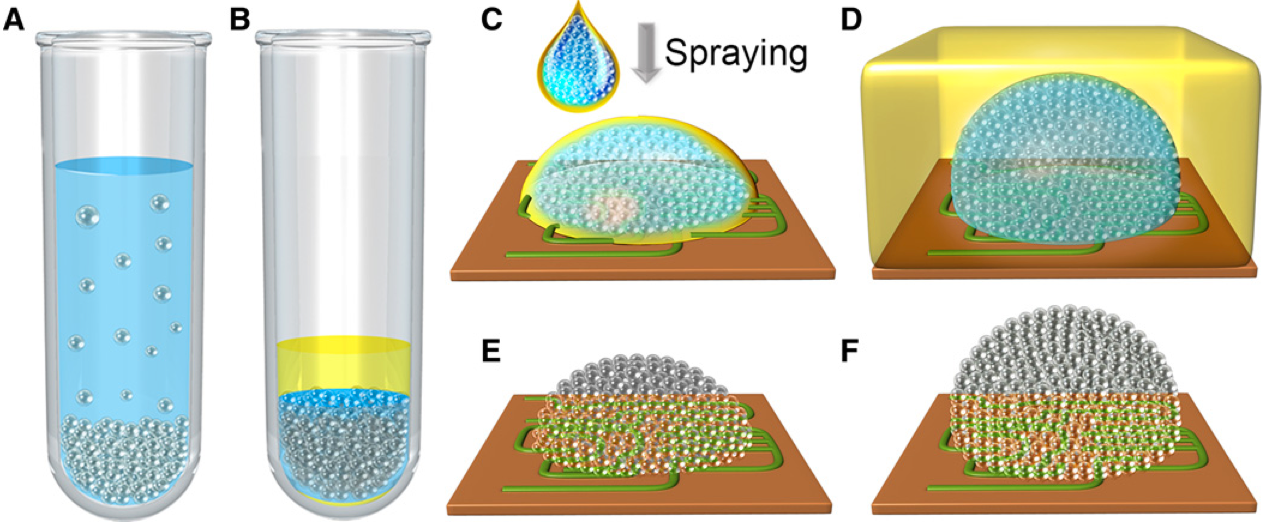
Schematic illustration of the assembly of the all-dielectric TiO2 mSIL. (A) Anatase TiO2 nanoparticles (15 nm) were centrifuged into a tightly packed precipitate. (B) The supernatant was replaced by an organic solvent mixture consisting of hexane and tetrachloroethylene to form a TiO2 nano–solid-fluid. (C) To prepare a hemispherical mSIL, the nano–solid-fluid was directly sprayed onto the sample surface. (D) To prepare a super-hemispherical mSIL, the nano–solid-fluid was sprayed onto the sample surface covered by a thin layer of organic solvent mixture. (E and F) After evaporation of the solvents, the nanoparticles underwent a phase transition to form a more densely packed structure. (credit: Wen Fan et al./Science Advances)
Made of millions of nanobeads, the spheres break up the light beam. Acting as individual minute beams, each bead refracts the light. “We’ve used high-index titanium dioxide (TiO2) nanoparticles as the building element of the lens,” Wang says. “These nanoparticles are able to bend light to a higher degree than water.”
“Each sphere bends the light to a high magnitude and splits the light beam, creating millions of individual beams of light. It is these tiny light beams which enable us to view previously unseen detail.”
Wang believes that the results will be easily replicable and that other labs will soon be adopting the technology and using it for themselves. Titanium dioxide is cheap and readily available, so rather than buying a new microscope, the lenses are applied to the material to be viewed, rather than to the microscope.
“The next challenge is to adapt the technology for use in biology and medicine. This would not require the current use of a combination of dyes and stains and laser light, which change the samples being viewed,” he says.
The lens is described in a paper in the open-access journal Science Advances today (August 12).
Abstract of Three-dimensional all-dielectric metamaterial solid immersion lens for subwavelength imaging at visible frequencies
Although all-dielectric metamaterials offer a low-loss alternative to current metal-based metamaterials to manipulate light at the nanoscale and may have important applications, very few have been reported to date owing to the current nanofabrication technologies. We develop a new “nano–solid-fluid assembly” method using 15-nm TiO2 nanoparticles as building blocks to fabricate the first three-dimensional (3D) all-dielectric metamaterial at visible frequencies. Because of its optical transparency, high refractive index, and deep-subwavelength structures, this 3D all-dielectric metamaterial-based solid immersion lens (mSIL) can produce a sharp image with a super-resolution of at least 45 nm under a white-light optical microscope, significantly exceeding the classical diffraction limit and previous near-field imaging techniques. Theoretical analysis reveals that electric field enhancement can be formed between contacting TiO2 nanoparticles, which causes effective confinement and propagation of visible light at the deep-subwavelength scale. This endows the mSIL with unusual abilities to illuminate object surfaces with large-area nanoscale near-field evanescent spots and to collect and convert the evanescent information into propagating waves. Our all-dielectric metamaterial design strategy demonstrates the potential to develop low-loss nanophotonic devices at visible frequencies.





